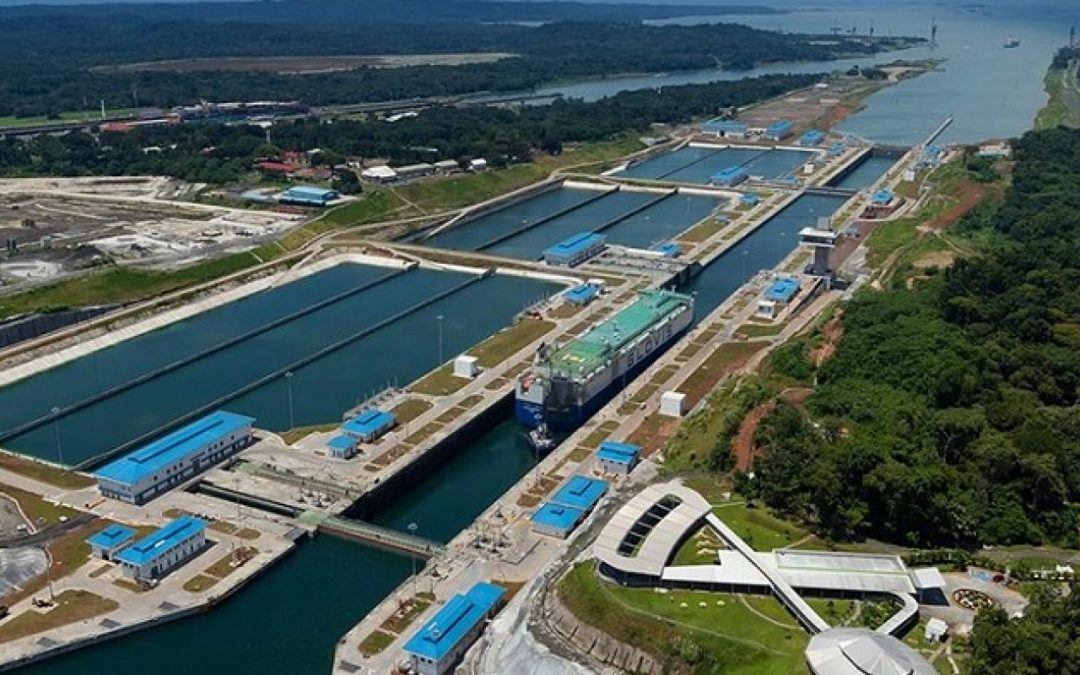A.P. Moller-Maersk will use trains to avoid the drought-hit Panama Canal for some of its vessels, the Danish shipping giant said as low water levels have caused one of the world’s main maritime trade routes to reduce crossings.
The Panama Canal Authority has reduced the amount and weight of vessels passing through based on current and projected water levels in Gatun Lake, the rainfall-fed principal reservoir that floats ships through the canal’s lock system, Maersk, one of the world’s largest container shipping companies, said.
The company’s OC1 service, connecting Australia and New Zealand with the U.S. east coast cities of Philadelphia and Charleston via the Panama Canal, will now create two separate loops, one Atlantic and one Pacific.
“The vessels that utilised the Panama Canal before will now omit the Panama Canal and use a “land bridge” that utilises rail to transport cargo across the 80 km (50 miles) of Panama to the other side,” the firm said in an advisory to its customers.
Panama’s drought, worsened by the El Nino weather phenomenon, has decreased transit slots at the canal, already forcing fuel tankers and grain shippers to take longer routes to avoid congestion.
It added that the rerouting could lead to some delays for southbound vessels, while it saw no delays to cargo stopping in Philadelphia and Charleston.
Cargo en route to Cartagena, Colombia, would be served by “alternate vessels”, Maersk said in its statement.
It was not immediately clear if any other Maersk services were affected by the Panama Canal situation. The company did not immediately respond to a request for additional comment on Thursday.
The drought adds further disruption to the global shipping network as companies like Maersk and Hapag Lloyd HLAG.DE are switching away from the Red Sea after Iranian-backed Houthi militants in Yemen stepped up attacks on vessels in the Gulf region.
Global trade declined by 1.3% from November to December 2023 as the Red Sea attacks led to a drop in the volumes of cargo transported in that key region, a German economic institute said on Thursday.
French shipping rival CMA CGM said in November that reduced transit slots at the Panama Canal, together with an increase in the canal tariff earlier in the year, were “taking a severe toll” on its operations.
CMA CGM at the time added that it would start applying a $150 “Panama Adjustment Factor” per twenty-foot equivalent unit (TEU) from Jan. 1 this year. The French group did not immediately respond to a request for comment on Thursday.
Hapag Lloyd said it will not follow Maersk using rail to get goods through the Panama canal, saying it used larger ships of up to 13,000 TEU, for which there isn’t enough rail capacity.
The group said the only planned change was to let its EC2 service, which links Asia with North America, run via the Panama canal again after it was rerouted via the Cape of Good Hope.
Source: Hellenic Shipping News






